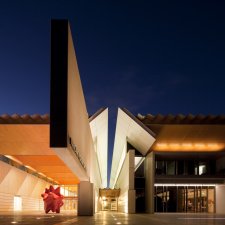- About us
- Support the Gallery
- Venue hire
- Publications
- Research library
- Organisation chart
- Employment
- Contact us
- Make a booking
- Onsite programs
- Online programs
- School visit information
- Learning resources
- Little Darlings
- Professional learning
John Shortland (1739-1803), naval officer, was a member of a family of which six members were associated with the colonisation of Australia and New Zealand. After naval service in Newfoundland and the West Indies, he was promoted to lieutenant in 1763 and engaged in transport between England and America. Having commanded transports to Gibraltar, in 1786 he was appointed naval agent to the transports of the First Fleet, overseeing and executing all the contracts for transport. Not only did he command all the masters of these ships, he directed the accommodation of the soldiers and convicts on the journey. 'A large part of the credit for the success of this voyage was due to the vigilance and efficiency with which Shortland discharged his responsibilities', writes his biographer Arthur McMartin. Shortland's squadron of transports was the first to reach Botany Bay; he stayed at Port Jackson until July, when he sailed home on the Alexander with Arthur Phillip's first dispatches. On the way he charted many islands and reefs; the voyage of Flinders was partly an upshot of his recommendation for a thorough survey of the coast of Australia. Shortland is often confused with his son, also named John, who was also a Lieutenant on the First Fleet and who later discovered the Hunter River.
Purchased 2010



On one level The Companion talks about the most famous and frontline Australians, but on another it tells us about ourselves.



Visit us, learn with us, support us or work with us! Here’s a range of information about planning your visit, our history and more!



We depend on your support to keep creating our programs, exhibitions, publications and building the amazing portrait collection!